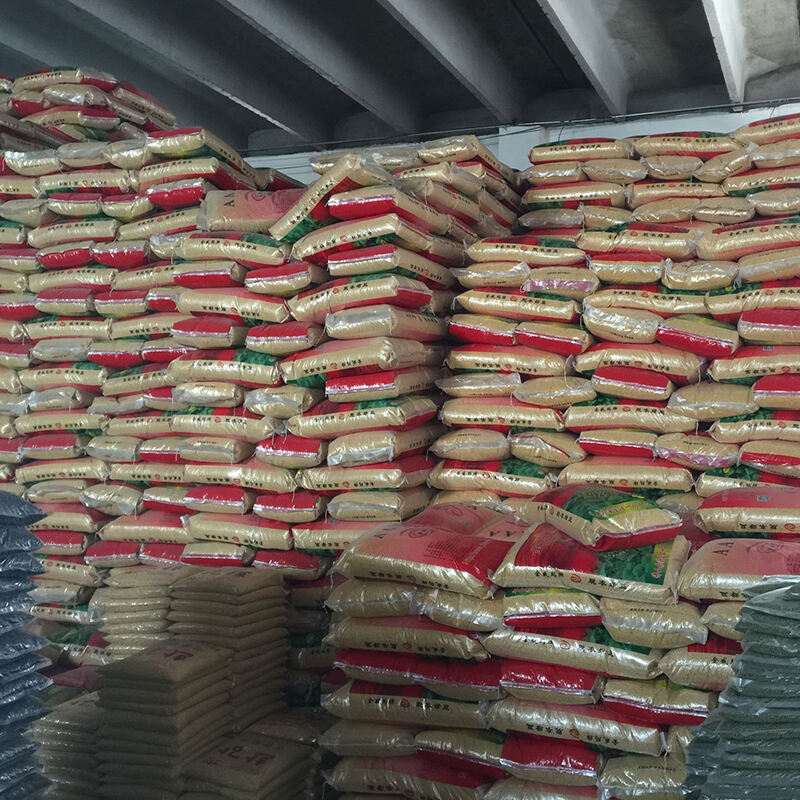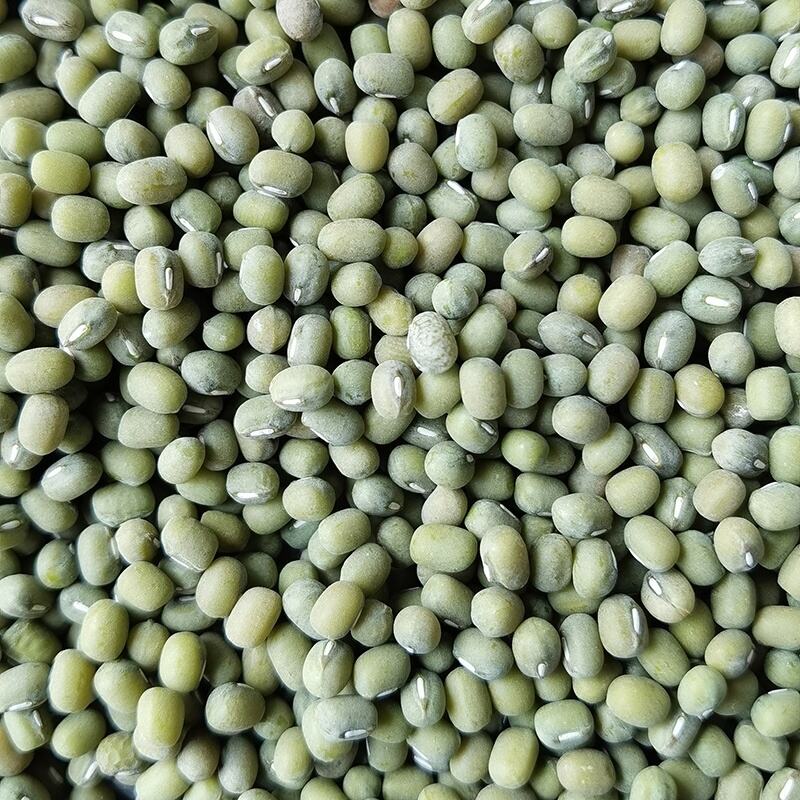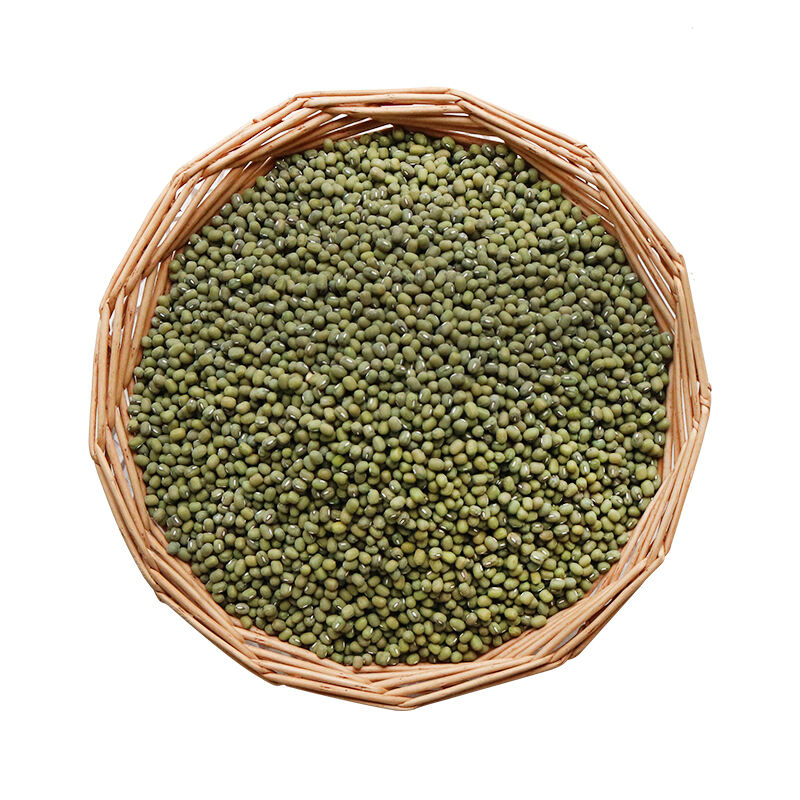mung beans and lentils
Mung beans and lentils are nutritional powerhouses that have been staples in global cuisine for thousands of years. These legumes are renowned for their exceptional versatility, impressive nutritional profile, and sustainable cultivation practices. Mung beans, characterized by their small, green appearance, are packed with essential proteins, vitamins, and minerals, making them an excellent source of plant-based nutrition. They contain significant amounts of folate, iron, and fiber, contributing to healthy digestion and sustained energy levels. Lentils, available in various colors including red, green, and brown, are equally impressive in their nutritional composition. They are rich in protein, fiber, and complex carbohydrates, while being naturally low in fat. Both legumes are incredibly versatile in culinary applications, from soups and stews to salads and sprouted preparations. Their quick cooking time and easy digestibility make them practical choices for modern lifestyles. These legumes also play a crucial role in sustainable agriculture, as they naturally fix nitrogen in soil, reducing the need for synthetic fertilizers and improving soil health.


